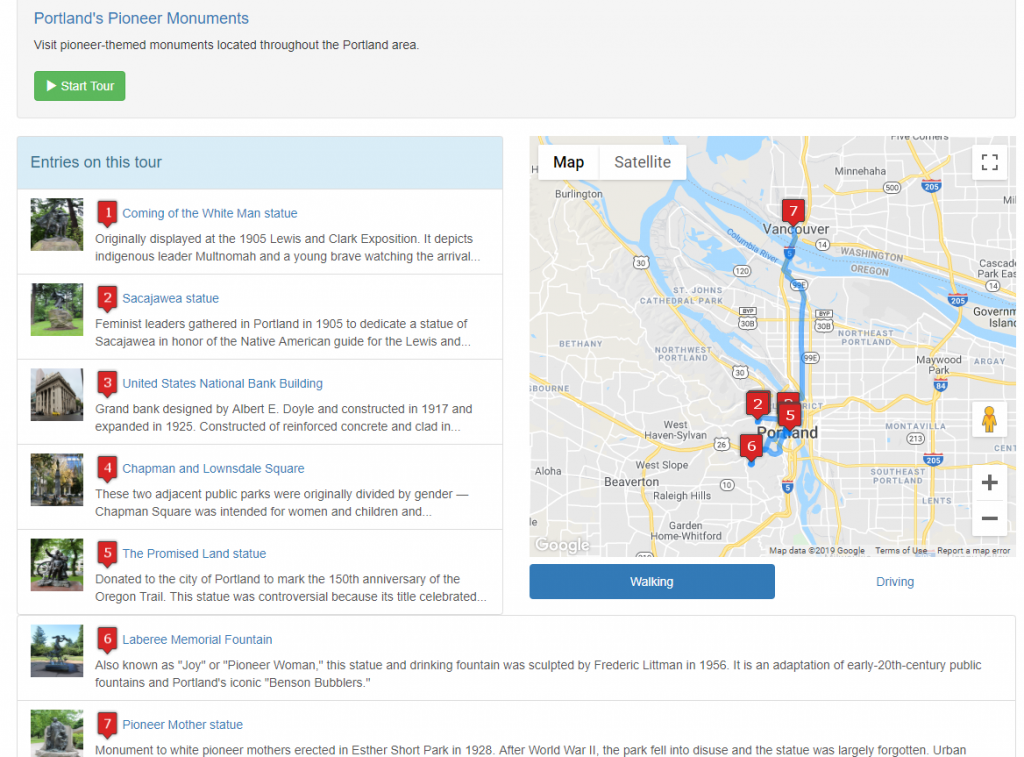Pioneer memory is particularly powerful in Oregon due to its association with the famous Oregon Trail. Most people who traveled over the Oregon Trail in the 1840s and 1850s settled in the rich Willamette Valley. The valley stretches about 150 miles south from the Columbia River. It is bounded by the Coast Range to the west and the Cascades to the east. Numerous Native bands were displaced by Euro-American settlement in the mid-nineteenth century.
Willamette Valley pioneer monuments depict the Lewis & Clark Expedition’s explorations, covered wagons, sturdy Pioneer men, and maternal Pioneer Mothers. In so doing, they celebrate the establishment of modern-day Oregon, and commemorate the passing of traditional indigenous ways of living.
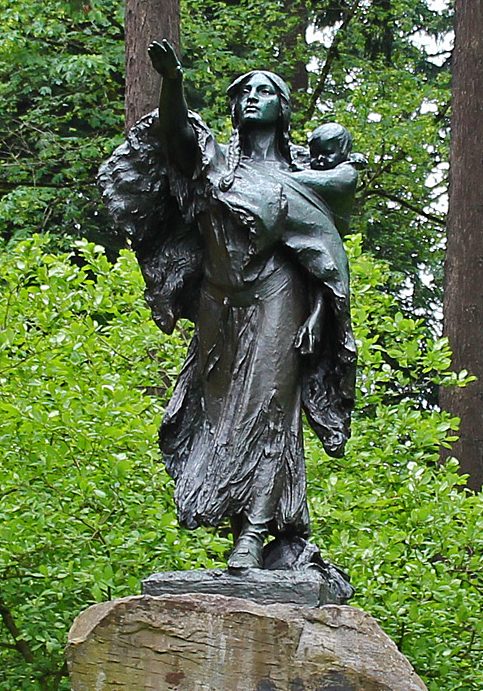
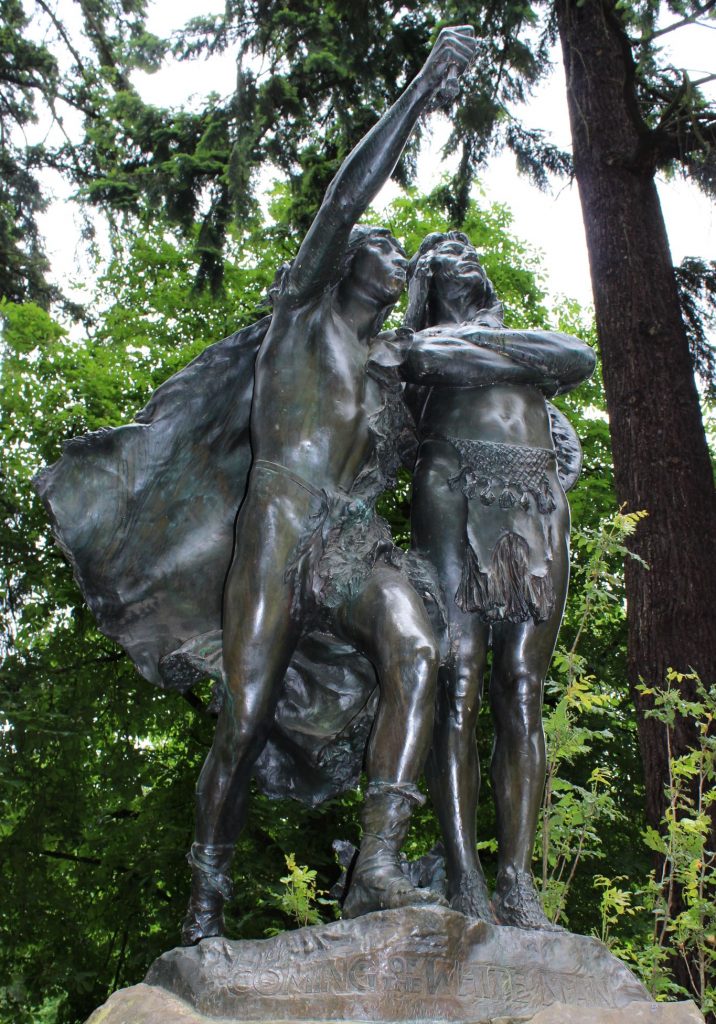

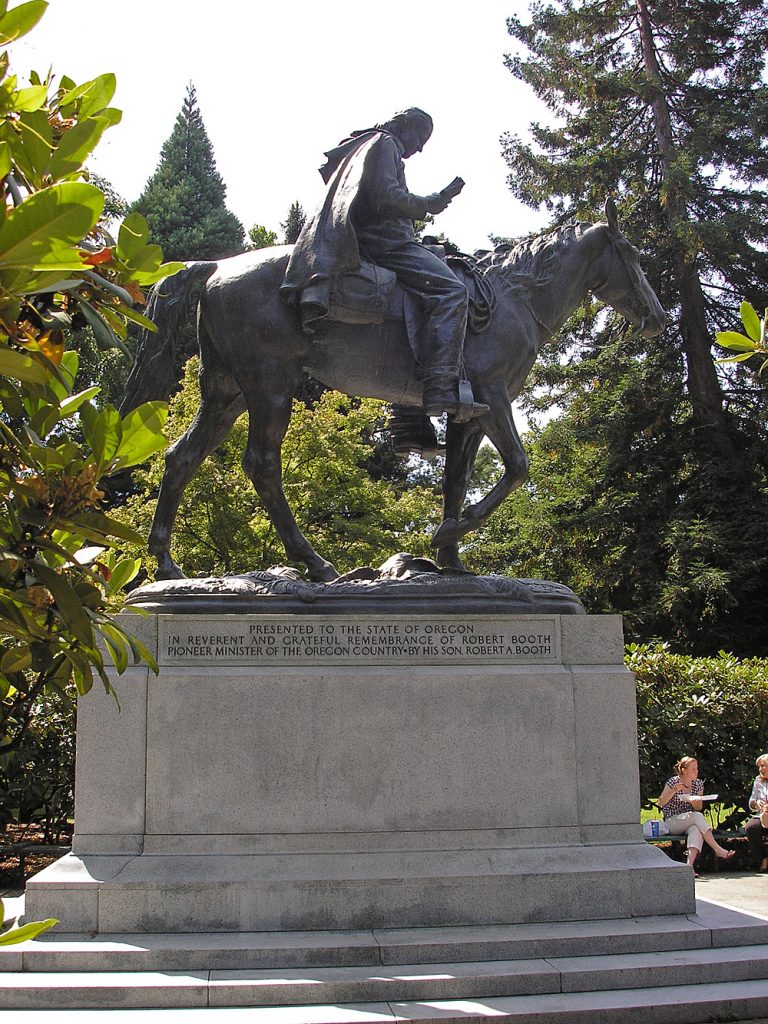
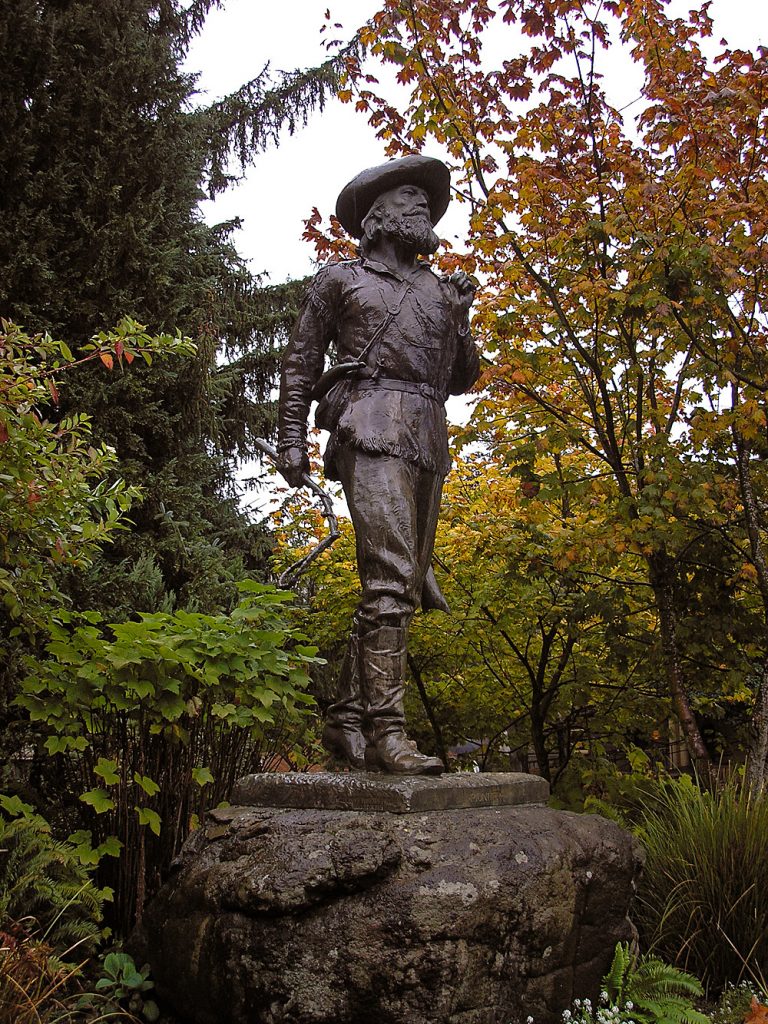

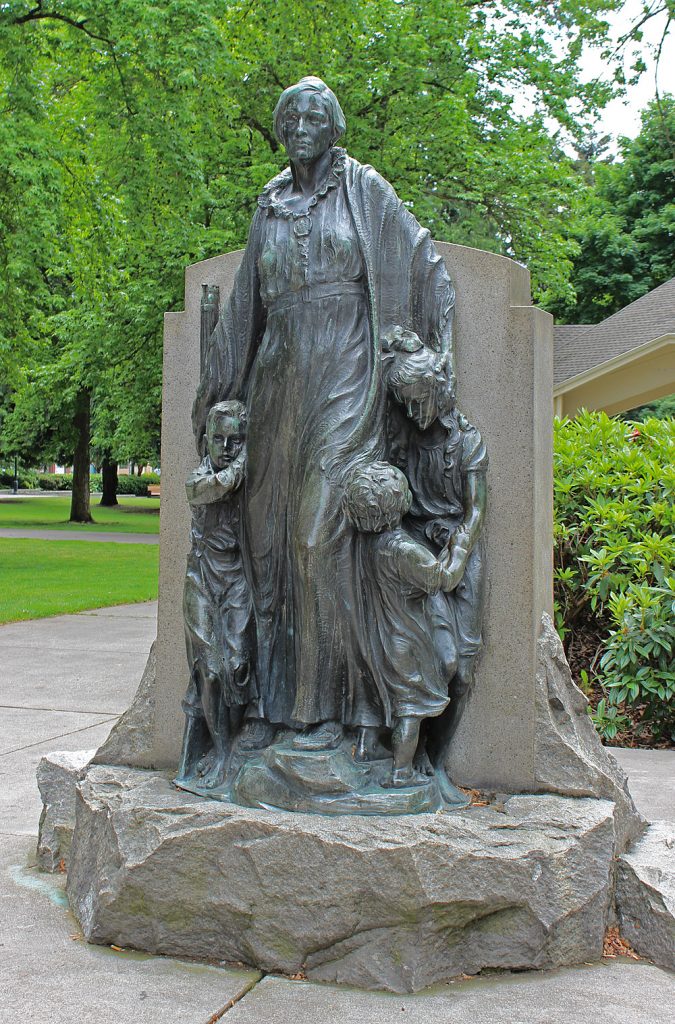

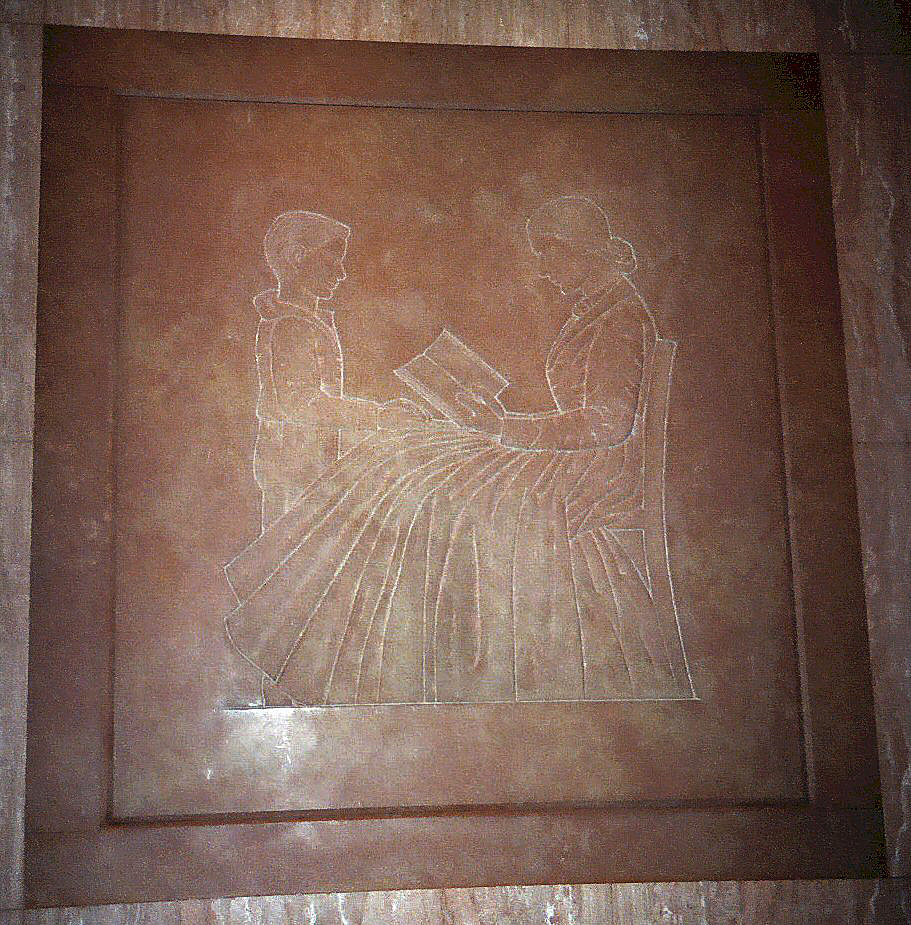

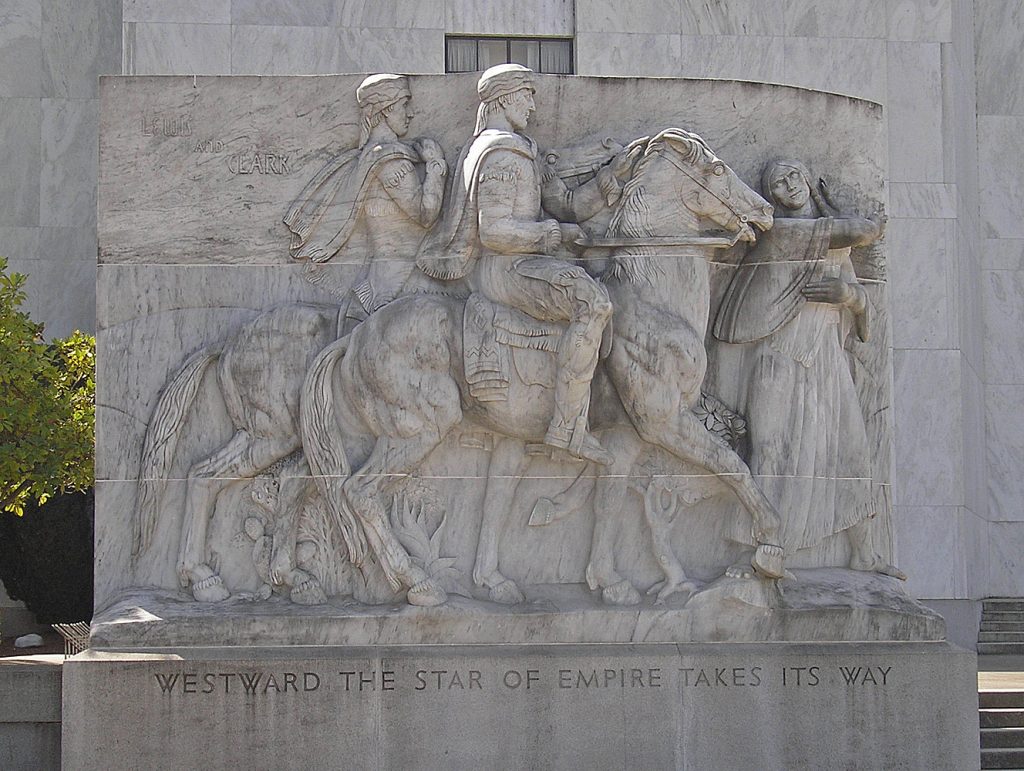
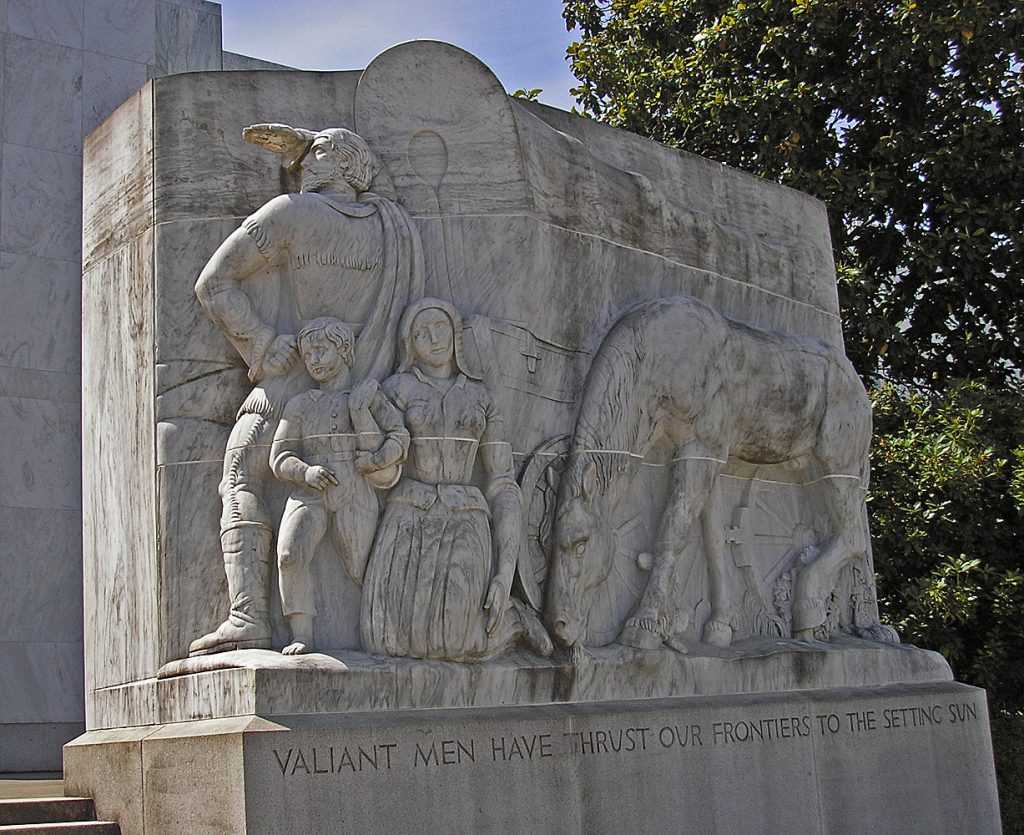
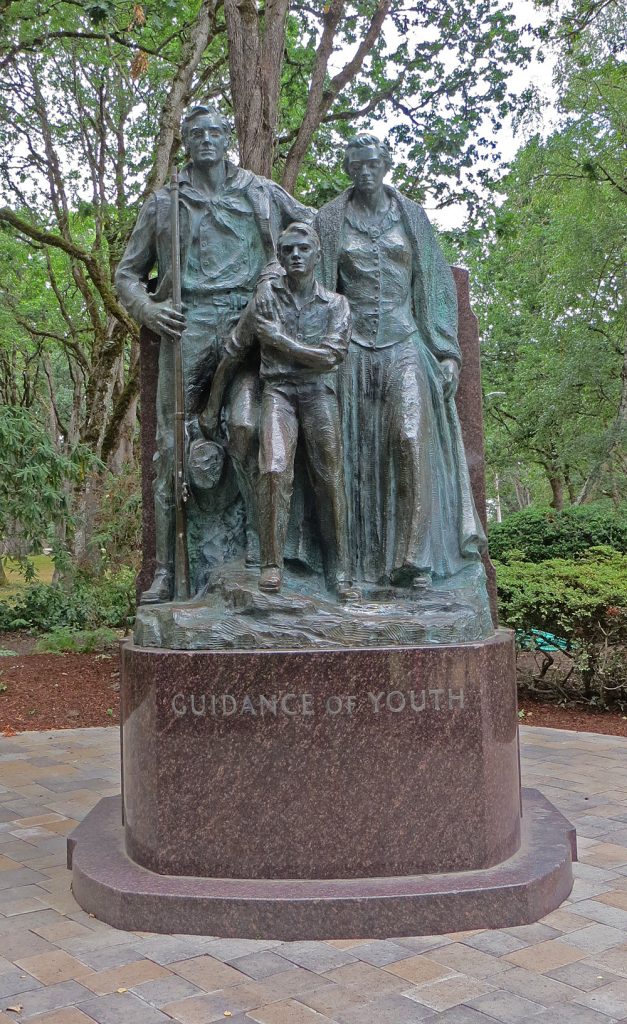
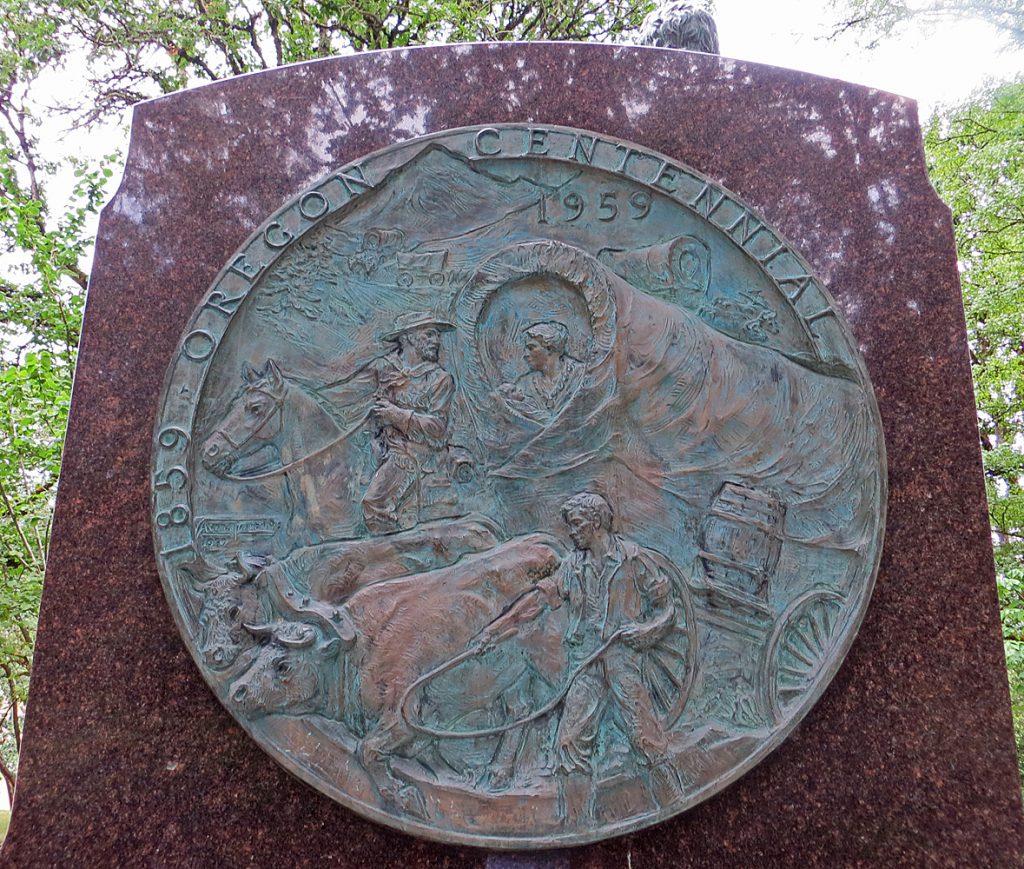
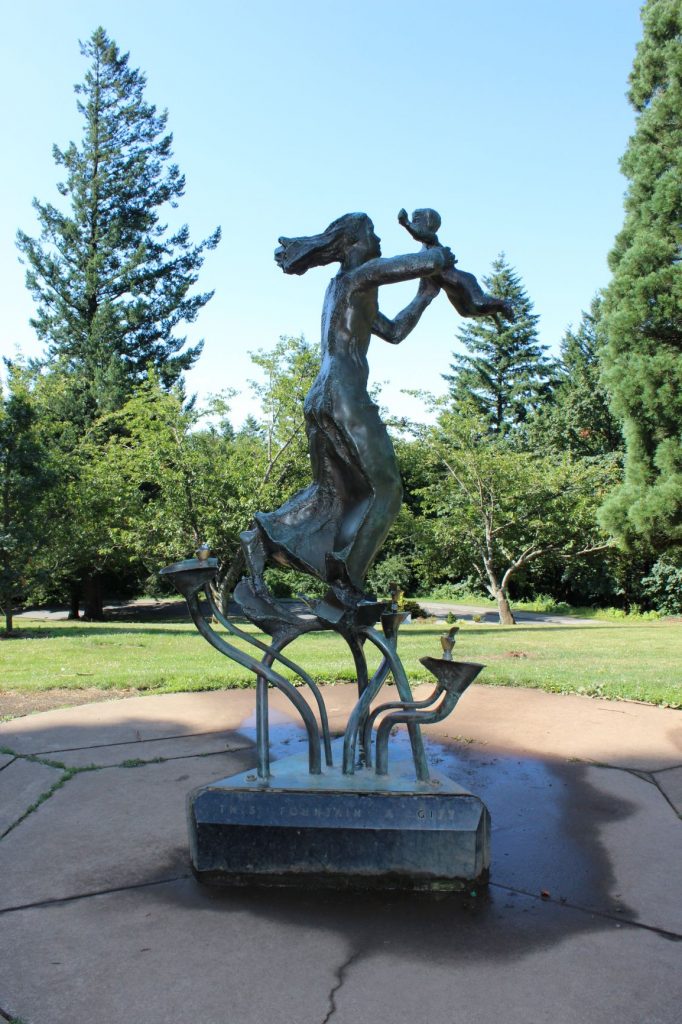
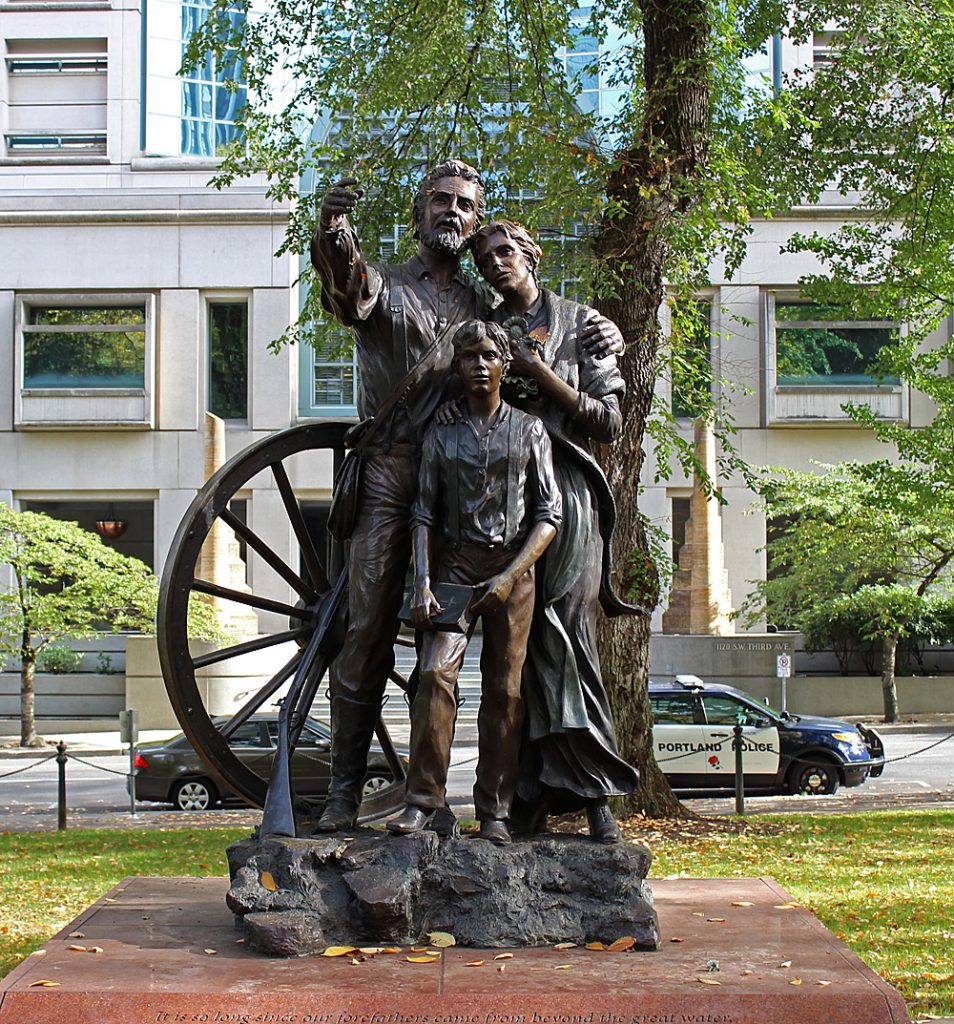
Tour Oregon Pioneer Monuments
Powered by Clio
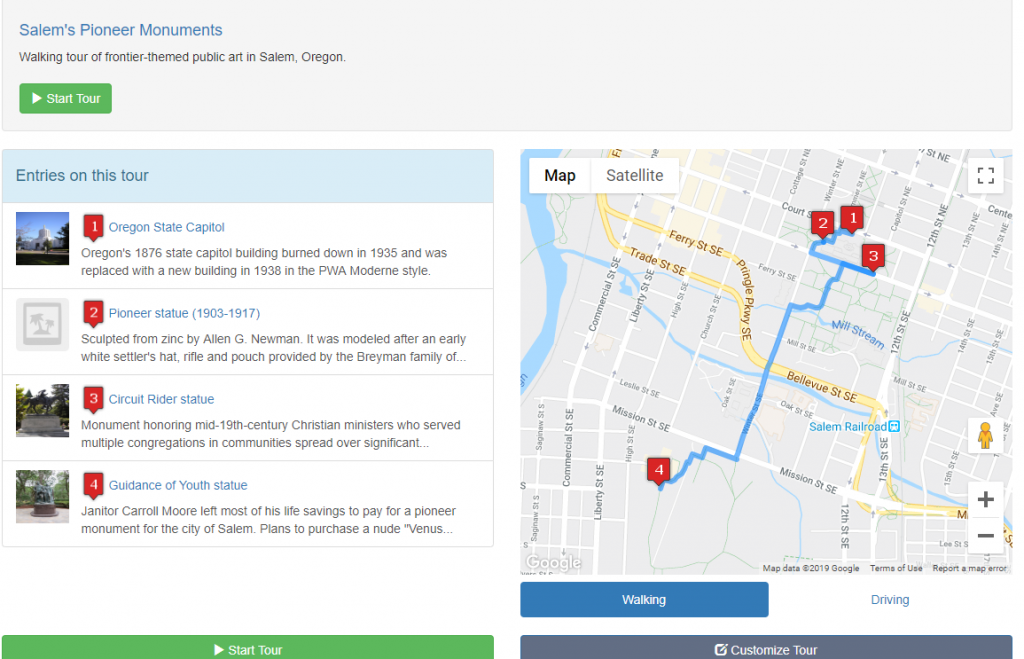
Salem’s Pioneer Monuments

Willamette Valley Pioneer Monuments
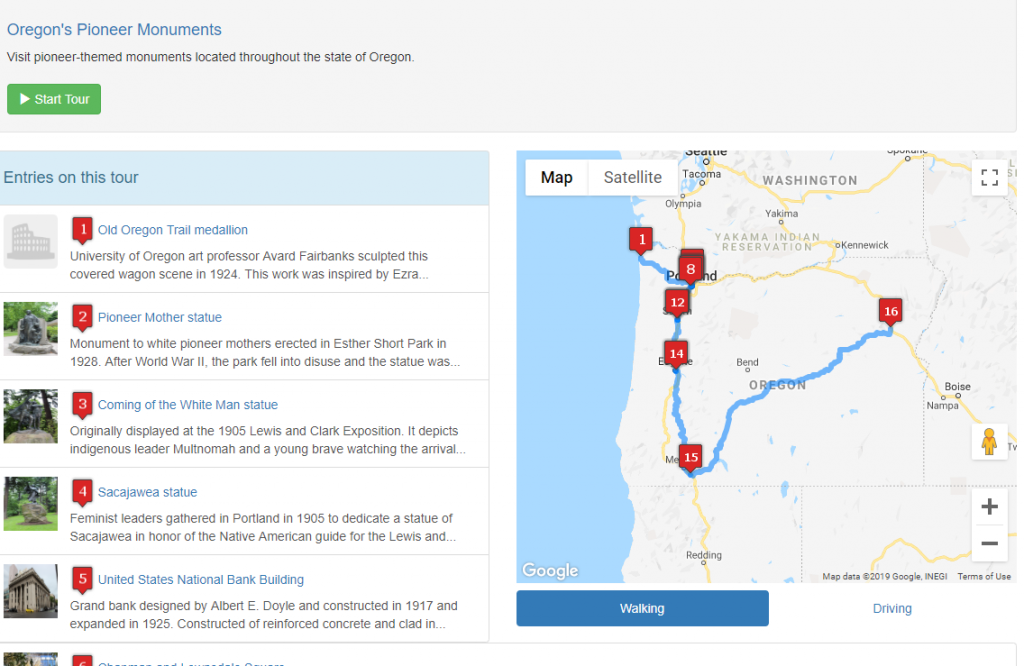
Oregon’s Pioneer Monuments
Interactive Timeline & Map
Drag the timeline to see the monuments erected over time.
Click on a marker on the timeline or the map to learn more about that monument.
Search an artist’s name or browse by era or design to highlight related monuments on the timeline and map.
